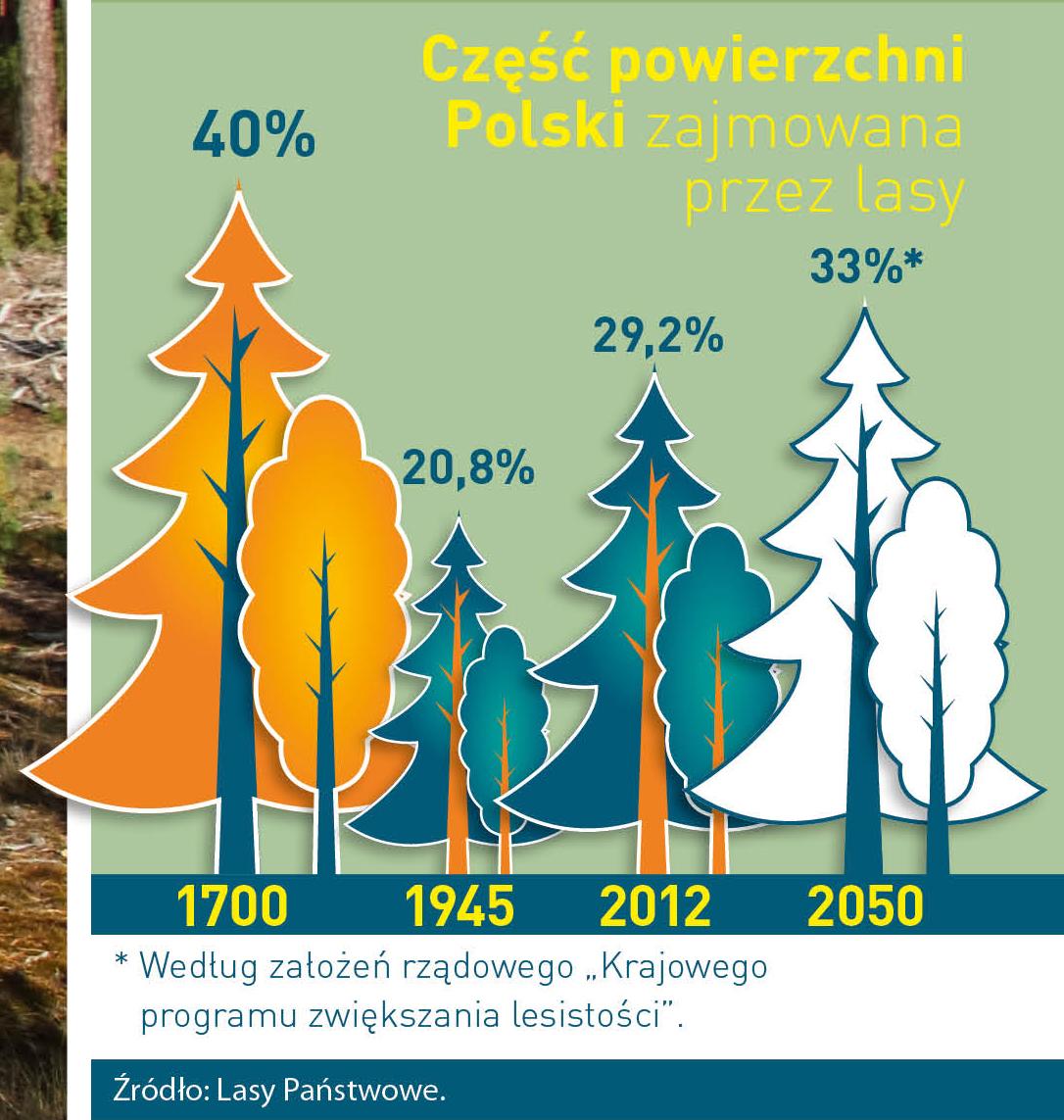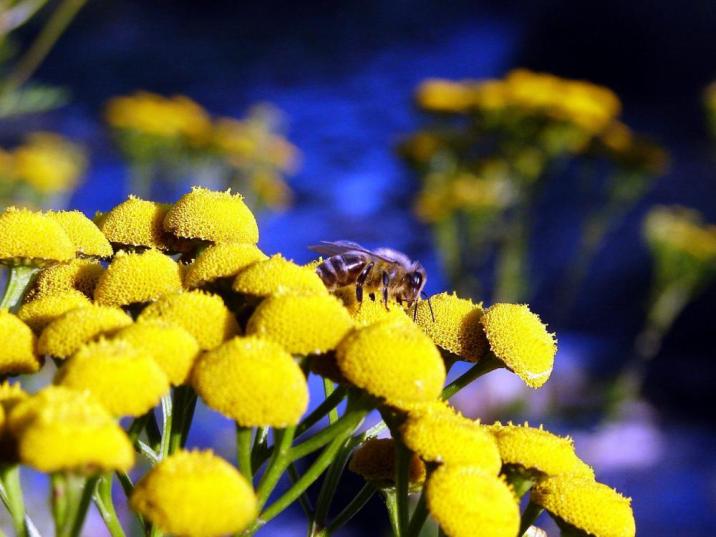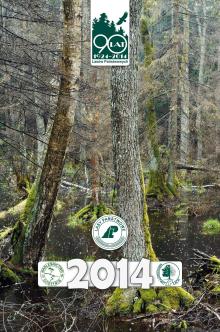 Asset Publisher
Asset Publisher
Polish forests
Poland is in the European lead, while concerning the area of all forests. They cover about 29,2 % of the country territory, and grow within the area of 9,1 million hectares. The overwhelming majority of the forests is state owned, of which almost 7,6 million hectares are managed by the State Forests National Forest Holding..
The number of Polish forest is still growing. The forestation rate of the country has increased from 21 % in 1945 to 29,2 % at the moment. Between 1995 and 2008, the forest area increased by 310 thousand ha. The basis for afforestation works is the "National Programme for Increasing the Forest Cover" (KPZL), assuming an increase of the forestation rate up to 30 % by 2020 and up to 33 % by 2050. Polish forests abound in flora, fauna and fungi. 65 % of the total number of animal species live there.
The forests grow in our country on poor soils, mainly because of the development of the agriculture in previous years. It influences the distribution of the types of the forest sites in Poland. Over 55 % of the forest areas is covered with coniferous forests. In other areas, there are forest sites, mainly the mixed ones. Their small part constitute alder and riparian forests – not more than 3 %.
In the years 1945 – 2011 the area of natural deciduous tree stands within the area of the State Forests National Forest Holding increased from 13 to 28,2 %.
Within the lowlands and uplands the most often occurring tee species is pine. It covers 64,3 % of the forest area of the State Forests National Forest Holding and 57,7 % of private and commune forests. In the mountains the predominant species is European spruce ( in the west) and European spruce with beech (in the east). Domination of pine is the result of carrying on sustainable forest management in the past. Once, the monocultures (crops or cultivations of one species) were the answer to the great demand of industry for wood. Such forests appeared to be quite fragile to climatic factors. They also were often the prey of pests' expansion.
In Polish forests, the share of other tree species, especially deciduous trees have been systematically increasing. The foresters have stepped aside from monocultures – that is why, they try to fit specific species of the forest stand to the natural stand, that would be proper for the given area. Thanks to that, in the years 1945 – 2011, the area of the deciduous tree stands within the lands of the State Forests National Forest Holding increased from 13 to 28,2 %. There occur more and more frequently the following tree species: oaks, ashes, maples, sycamore maples, elms, but also birches, beeches, alders, poplars, hornbeams, aspens, tilias and willows.
Our forests are the most often represented by the forest stands aged 40 to 80 years. The average age of the forest equals 60 years. More and more trees are of big size at the age over 80 years. Since the end of the Second World War, the forests' area has increased up to almost 1,85 million hectares.
Raport o stanie lasów w Polsce 2012
 Asset Publisher
Asset Publisher
TAKA MAŁA TAKA WAŻNA, 8 sierpnia - Dzień Pszczoły
TAKA MAŁA TAKA WAŻNA, 8 sierpnia - Dzień Pszczoły
Taka mała TAKA WAŻNA - 8 sierpnia Dzień Pszczoły
„…kiedy z powierzchni Ziemi znikną pszczoły, człowiekowi pozostaną już najwyżej cztery lata życia”. Słowa te przypisuje się Albertowi Einsteinowi, wybitnemu fizykowi i wnikliwemu obserwatorowi przyrody, lecz nie trzeba być wybitnym naukowcem czy przyrodnikiem, by ocenić, że cytowane zdanie jest prawdziwe.
Ostatnio coraz częściej mówi się o wymieraniu pszczół miododajnych oraz o ochronie gatunków pszczół dziko żyjących, zagrożonych wyginięciem. Podstawą pszczelej diety jest nektar. A rozwój cywilizacji powoduje, że pszczoły są głodne, chorują, giną. Przyczyniło się do tego kilka dekad chemizacji rolnictwa, choroby pasożytnicze, zmiany klimatyczne, dynamiczny rozwój telefonii komórkowej i energetyki, inwestycje absorbujące tereny zielone, a także wyspecjalizowane wielkoobszarowe gospodarstwa rolne, pozbawione zadrzewień, miedzy, przydrożnych pasów zieleni.
Pszczoły od starożytności towarzyszą człowiekowi - niestrudzenie produkują miód i zapylają rośliny. W naszej kulturze są symbolem pracowitości. Owady te są odpowiedzialne za zapylanie 84 proc. zjadanych przez nas roślin – owoców i warzyw. Trzy czwarte naszego jedzenia zawdzięczmy bezpośrednio lub pośrednio pszczołom. Wszyscy doskonale wiemy o właściwościach prozdrowotnych miodu i innych produktów pszczelarskich Miód wzmacnia serce, koi nerwy, ożywia mózg, goi rany. Ma właściwości antybakteryjne - niektóre bakterie zwalcza lepiej niż antybiotyki. Do tego miód świetnie sprawdza się jako kosmetyk.
Dzień Pszczoły obchodzimy w roku kalendarzowym dwukrotnie – 20 maja (data ustanowiona przez ONZ) oraz 8 sierpnia – polski Wielki Dzień Pszczoły.
Ciągle niewiele osób zdaje sobie sprawę ze znaczenia pszczół i działaniach na rzecz ich ochrony, również tych dziko żyjących, dla przyrody i człowieka
Najprostszym działaniem jest ochrona bierna nie wymagająca dużych nakładów, jedynie stosowania metod sprzyjających ochronie owadów np. opryski poza godzinami lotu lub okresem kwitnienia roślin, opóźnione koszenie łąk, pozostawianie nieużytków, dzikich zadrzewień. Drugim sposobem jest ochrona czynna, składa się na nią np. obsiewanie roślin nektaro i pyłkodajnych na nieużytkach, rezygnacja z ogrodów trawnikowych na rzecz kwiatowych, planowanie płodozmianu z wykorzystaniem roślin miododajnych. Najbardziej spektakularną metodą jest budowanie różnego rodzaju konstrukcji, w których owady mogą się gnieździć tzw. hoteli dla pszczół.
Warto chronić pszczoły i wspierać rodzime pszczelarstwo. Gwarantujemy w ten sposób wysokie plony z upraw rolniczych oraz dalsze istnienie milionów gatunków roślin i zwierząt, a tym samym dbamy o równowagę w środowisku, którego sami jesteśmy częścią.


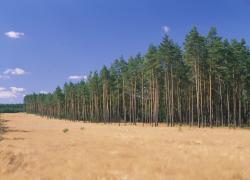 fot. Paweł Fabijański
fot. Paweł Fabijański
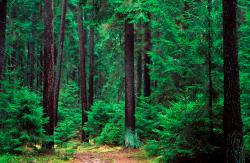 fot. Paweł Fabijański
fot. Paweł Fabijański
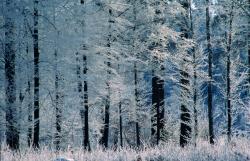 fot. Paweł Fabijański
fot. Paweł Fabijański
